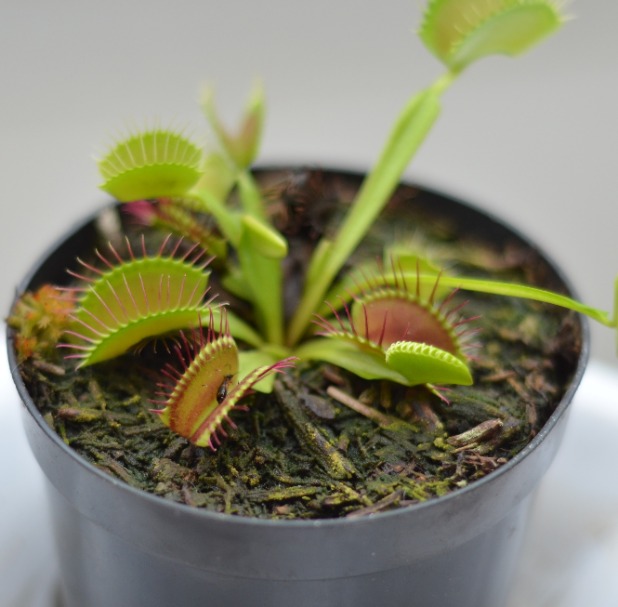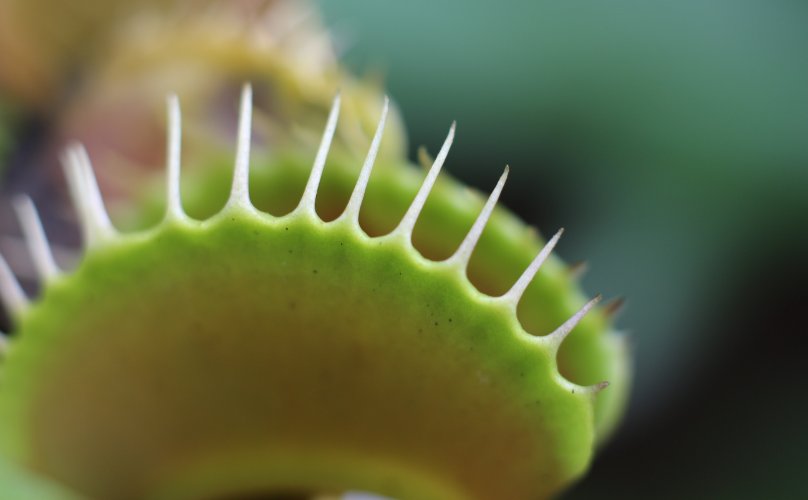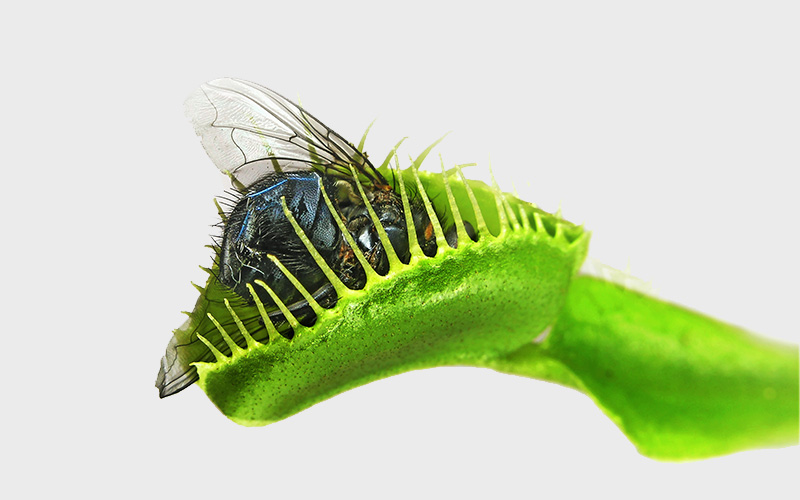
Deliver to
The Netherlands
 English
English

A ruthless plant, that’s really only one species: the carnivorous plant. They often look spectacular, have striking colors and an extraordinary scent.
That smell may not be the best for us, but there’s a reason for that. Carnivorous plants are probably also the most intelligent plants that exist.
Well, that’s pretty simple. Most types of plants get enough nutrition from the soil, water and in some cases even plant nutrition. With a carnivorous plant this is a bit different!
Such a plant does not get nutrition from the soil or artificial plant nutrition, but from its energy comes from insects. Yes, you hear that well! These insects need a carnivorous plant to stay alive.
In the wild, carnivorous plants mainly occur in swamps. There are no less than 500 species!
Despite the carnivorous plant, you probably don’t come across it just like that. Besides swamps and tropical rainforests, they can also be found in the wild in Autralia, New Zealand and in Europe. However, they are quite rare.
The chance that you will encounter a carnivorous plant yourself is nil. It is therefore quite special that you can buy a carnivorous plant as a houseplant.
Insects. And then the dearest flies, mosquitoes and spiders. Yet he can also easily work an ant to the inside if it occurs. A carnivorous plant doesn’t have a problem with that at all. As long as food comes in!
If you live in a house where there are few insects to be found, you can feed extra. And that ‘supplementary feeding’ is not that crazy! It is quite logical that when there is too little food in the living environment, you (if possible) buy extra food.
You can buy insects in almost every pet store or at a larger garden center.


No, on the contrary! Some carnivorous plants are beautiful from ugliness, and others are beautiful.
There are many prejudices about carnivorous plants. As soon as you hear the name, you probably don’t think of a nice specimen you’d like to put in your living room. Completely normal! Yet there are actually beautiful specimens to be found.
Below is a list of our favorite carnivorous plants:
The Venus fly trap is probably one of the most famous carnivorous plants. You can recognize it by its special leaves. Its leaf looks unfolded with small teeth on the outside. Its leaves close quickly as soon as a prey comes close. As soon as the Venus flycatcher has eaten its prey, the leaf opens again.
The name of the Trumpet Cup plant says it all, it looks like a trumpet. Although the leaf of the plant then! Its official name is Sarracenia, but that doesn’t make it any less cunning. With the nectar in its cup-shaped leaf it attracts insects, which are difficult for insects to get away from.
The sundew is a plant that approaches it differently. It produces shiny and sticky leaves. Something insects are all too eager to get their hands on and because of the stickiness they stick by themselves. The Sundew needs the insects that act as nutrients, because they are not in the soil where the plant originally lives.
His name sounds a bit strange, but it does cover the whole load. A suction trap is a carnivorous plant that often functions under water. In the leaf there is a cavity with underpressure. This is lifted when a prey is touched, so the prey is sucked in.
Just like in the wild, carnivorous plants are not huge in size. This is why such a carnivorous plant often stands low to the (swamp) soil in the shade of larger plants.
Therefore, do not place a carnivorous plant in direct sunlight. Indirect sunlight or a little half shade is perfect.
Besides that, make sure your carnivorous plant always has a moist soil. Just like in a swamp. If you want to pamper it completely you can give it lime-free water.
When watering, make sure you do not water the calyx! This can affect the carnivorous function of the plant. It is better to water the side of the plant. It will be grateful to you!